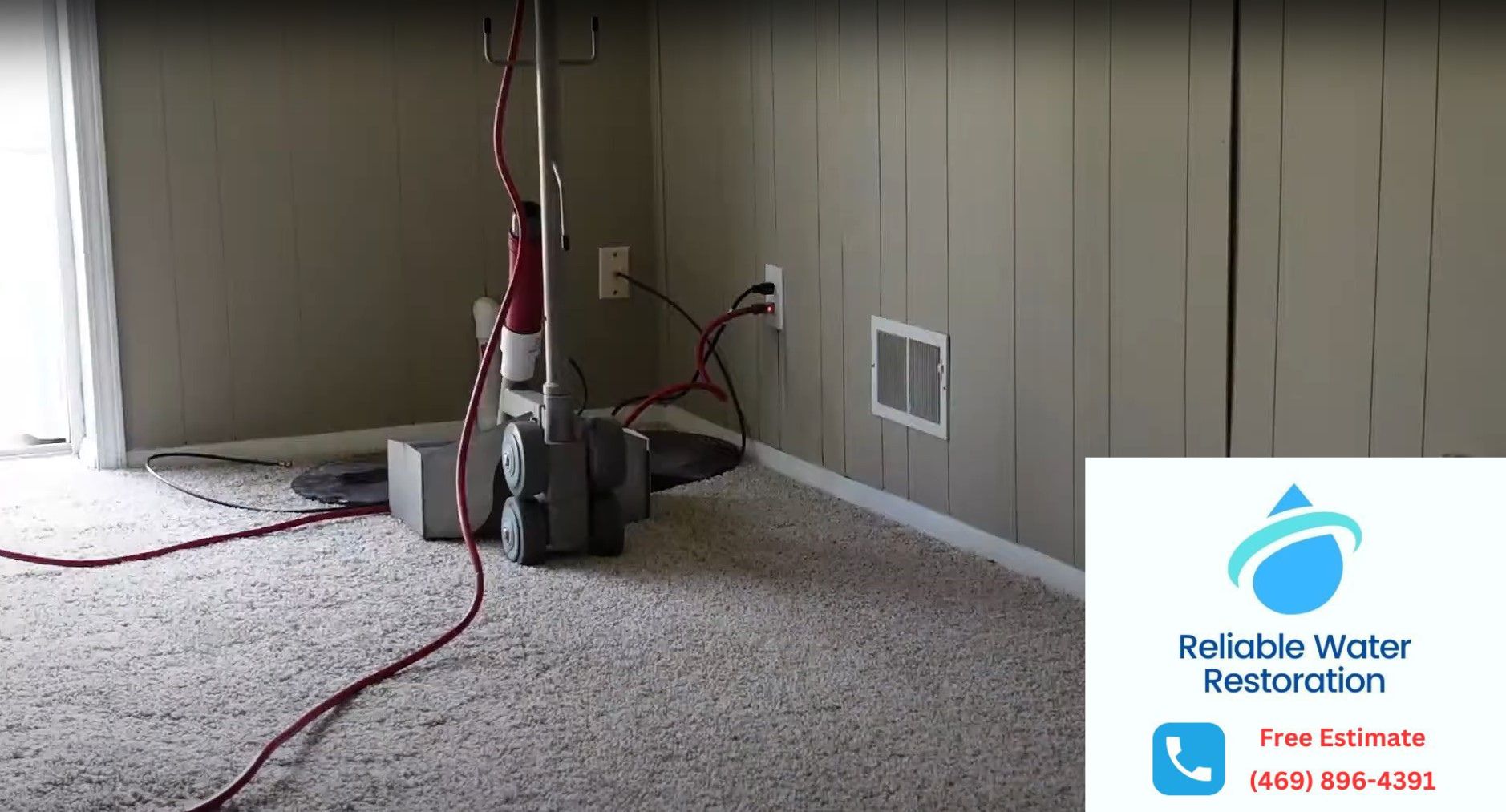
Common Misconceptions About DIY Flood Cleanup
Introduction
Flooding can wreak havoc on our homes and properties, leading to extensive water damage that requires immediate attention. While many homeowners consider tackling the cleanup themselves, there are numerous misconceptions surrounding DIY flood cleanup that can lead to poor decisions and even more extensive damage. In this article, we’ll explore these misconceptions in detail, providing valuable insights into the realities of flood cleanup and restoration.
Let's dive deep into the Common Misconceptions About DIY Flood Cleanup, so you can make informed choices when disaster strikes.
Understanding Water Damage: The Basics
What is Water Damage?
Water damage refers to any destruction caused by water intruding into areas where it shouldn't be. This could stem from various sources like natural disasters, burst pipes, or leaks. The severity of water damage can range from minor issues—like a small leak—to catastrophic problems such as flooding.
Types of Water Damage
Understanding these types helps homeowners gauge the potential risks and appropriate responses needed for effective flood cleanup.
Common Misconceptions About DIY Flood Cleanup
Misconception #1: I Can Handle It Alone
Many believe that they can manage flood cleanup independently without professional help. While some minor cases might allow for self-cleanup, severe flooding often leads to hidden dangers such as mold growth or structural issues that require expert intervention.
The Reality of Professional Help
Professional water damage restoration services like those offered in The Colony TX ensure comprehensive handling of flood situations. From a thorough water damage inspection to restoration, they cover all bases.
Why DIY Flood Cleanup Can Be Hazardous
Health Risks Associated with Flooding
Floodwaters can contain harmful contaminants and bacteria. Failing to address these health risks correctly can lead to serious illnesses.
Common Health Risks Include:
- Mold exposure
- Bacterial infections
- Chemical hazards from household items
Hidden Dangers Within Your Home
Even if your home seems dry after a flood, moisture may linger behind walls or flooring, fostering mold growth and structural instability.
Cost Considerations in DIY vs. Professional Services
The True Cost of DIY Flood Cleanup
While handling the situation yourself might seem cost-effective initially, it can become expensive over time due to potential mistakes made during the process.
Costs Involved in DIY Cleanup Include:
- Equipment rentals
- Cleaning supplies
- Possible medical bills from exposure
Benefits of Hiring Professionals for Restoration
Using a water damage restoration service in The Colony TX provides peace of mind knowing that experts handle everything efficiently and safely.
Equipment Needed for Effective Flood Cleanup
Essential Tools for DIY Flood Cleanup
If you still plan on going the DIY route, understanding what tools are necessary is vital.
Some Essential Tools Are:
- Wet vacuums
- Dehumidifiers
- Protective gear (gloves, masks)
Limitations of Household Tools
Most household tools will only tackle minor water issues; however, floods often require commercial-grade equipment for effective remediation.
The Importance of Timely Action Post-Flooding
Why Timing Matters in Water Removal?
Delaying flood cleanup can lead to significant problems down the line—including increased costs associated with mold removal, structural drying, and other restoration needs.
DIY Methods vs. Professional Techniques: A Comparative Look
| Aspect | DIY Methods | Professional Techniques | |-------------------------|-------------------------|--------------------------------| | Cost | Often appears cheaper | Higher upfront cost | | Time | Can take longer | Faster completion | | Thoroughness | May miss hidden issues | Comprehensive inspections | | Safety | Risks involved | Trained teams mitigate risk |
FAQs about DIY Flood Cleanup Misconceptions
Is it safe to start cleaning up immediately after a flood?
Yes and no! If you have standing water or electrical hazards present, wait until professionals assess the situation before beginning any cleanup efforts.
Can I save money by doing my own water damage repairs?
Potentially yes; however, if you lack experience or proper tools, mistakes could lead to higher costs later on.
How long does it typically take for professionals to complete flood repair?
The timeline varies based on severity but generally ranges from a few days to several weeks depending on the extent of the damage.
What should I do first after discovering flooding?
Prioritize safety—turn off electricity if safe and call emergency services if necessary while assessing visible damages.
How will I know if my property is truly dry?
Professionals use specialized equipment like moisture meters to determine dryness levels effectively.
ol2/hr1hr1/##
This lengthy exploration highlights the importance of recognizing common misconceptions surrounding DIY flood cleanup while asserting how professional services provide essential support during challenging times. Stay knowledgeable about your options so you can act swiftly when disaster strikes!